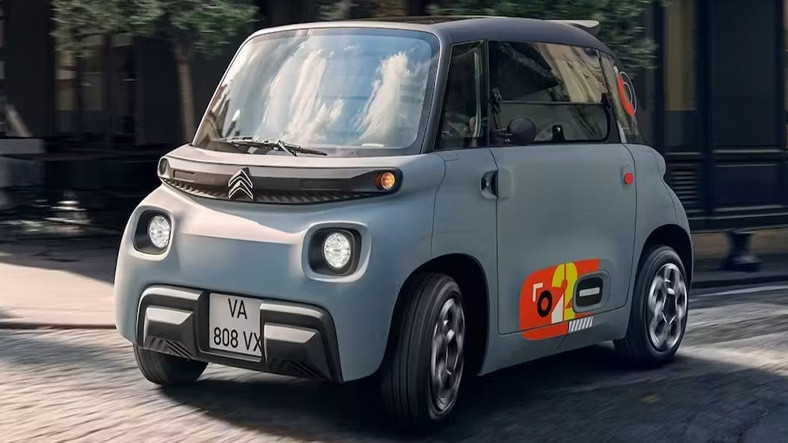While tourism phobia debates continue bad tourists With memories of Barcelona residents dousing foreign travelers with water pistols still fresh, Copenhagen has decided to find its own way in terms of tourism. It’s something that requires a major rethinking of who it caters to. In order not to give up on an industry that moves billions of euros a year, and to make it compatible with the lives of its neighbors, the Danish capital has launched an ambitious program aimed at attracting a very specific type of visitor: ecological, respectful, and willing to set an example of getting around by bike rather than by car.
How do you plan to do that? With free food and drinks, of course.
Copenhagen and tourists. Although the tourist flow from Denmark is far from those recorded in Spain and the data from Copenhagen has little to do with the data obtained in Madrid, Barcelona or the Canary Islands, the Scandinavian country is a relevant destination. Statistical tables show that 32.1 million international travelers arrived in the country before Covid-19, with around 10 million tourists staying in the capital alone. Norden estimates that the sector accounted for 4.2% of GDP that year.
With this data in mind, Copenhagen authorities have set themselves a goal: to shape tourism. Not increasing the flow of visitors, something the sector guarantees, is out of their plans. What they want is to attract an ecological tourist profile that respects the city and facilitates the daily lives of its more than 602,000 residents.
One word: CopenPay. To this end, the organization responsible for managing tourism in the Danish capital has launched CopenPay, a program that starts today and will (in principle) be extended until August 11. The aim of this program is clear: to encourage tourists visiting the city to adopt habits that respect the environment and the municipality. And in the most effective and educational way possible: to reward this attitude with tangible rewards such as free food, drinks, extra time on the ski slopes or even a boat ride.
But… So how do they do it? With its own incentive system. If you contribute, you get rewarded. Copenhagen has compiled a list of 24 suggestions for tourists that share two characteristics: First, they are all environmentally friendly; second, they allow visitors to get to know the Danish capital in a different way and earn a few rewards along the way.
For example, tourists who cooperate at the Øens Have city garden are given a free vegetarian lunch in return, and those who pick up litter at BaneGaarden are rewarded with organic food. If you dare to help clean up the harbour, you can go canoeing without paying a single crown, and if you spend 30 minutes cleaning the beach at the end of your surfing lesson, you’ll get a free meal.
Responsibility Award. CopenPay also encourages tourists to travel around the city by bike or public transport, rewarding them with drinks and extra services. For example, if you prove you did it by pedaling when you arrive at CopenHill, they’ll give you an extra 20 minutes on the famous ski slopes.
In other parts of the city, cycling, bus or walking also rewards with refreshments, gifts, discounts and even a canal tour. The offer is wide and varied, but always with a sustainable approach. Those who come to the National Gallery of Denmark (SMK) with plastic waste can participate in a workshop here and transform it into intriguing artistic souvenirs.
Goal: closing the gap. I’m curious about the shape… and the background. CopenPay is a pilot program that was originally planned for August, but those responsible are willing to bet on whether it will deliver results. But the most curious thing is why they decided to launch it. Tourism officials in the capital say 82 percent of visitors want to act sustainably, but only 22 percent are taking the step.
CEO Mikkel Aaro-Hansen explains: “Making travel sustainable is a fundamental task for us, and we can only achieve this if we can fill the huge gap between visitors’ desire to act sustainably. It may seem simple, but it is not.” From Wonderful Copenhagen: “We hope that visitors will make conscious, environmentally friendly choices and have a better experience during their visit.”
The importance of context. The Danish capital’s move is important for another reason: context. Copenhagen took action just days after Barcelona recorded a massive demonstration to protest overcrowding, a march in which residents came to shoot visitors with water guns, and all major international cities – such as Venice, Amsterdam, Seoul or Kyoto – have adopted more or less strict measures to limit travellers’ risk of avalanches.
Pictures | Line Kjaer (Unsplash) and Oleksandr Kinshov (Unsplash)
In Xataka | Every country in the world has a time zone. Except for the Maldives, where each tourist resort chooses its own














